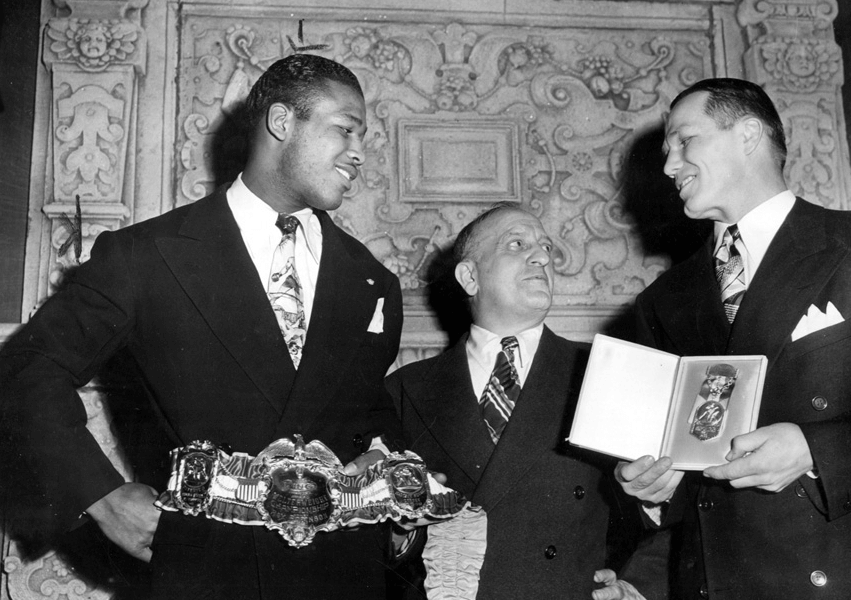The Inaugural Dinner of the Boxing Writers Association of America
The first annual dinner of the Boxing Writers Association of America took place on April 25, 1926, in the grand ballroom of Hotel Astor in New York City, a venue that rivaled the original Waldorf Astoria in luxury. At that time, the organization was referred to as the Boxing Writers Association of Greater New York.
Lavish Attendance and Government Support
The ballroom was set up to accommodate 1,200 guests for the banquet, which reportedly received more reservations than available seats. Among the attendees were the governors from six states—New York, New Jersey, Massachusetts, Pennsylvania, Connecticut, and Maryland—along with the mayors of 10 of America’s largest cities.
Media Landscape and Representation
In 1926, radio was just emerging, and the digital era was still far off. Consequently, boxing journalists were primarily newspaper and magazine writers, editors, or cartoonists. At that time, numerous opportunities existed for aspiring sportswriters with the necessary skills. The inaugural boxing writers’ dinner featured representation from several notable newspapers:
- New York Times
- New York News
- New York World
- New York Sun
- New York Journal
- New York Post
- New York Mirror
- New York Telegram
- New York Graphic
- New York Herald Tribune
- Brooklyn Eagle
- Brooklyn Times
- Brooklyn Standard Union
- Brooklyn Citizen
- Bronx Home News
Keynote Speeches and Activism
Event organizer Nat Fleischer, sports editor of the New York Telegram and founder of The Ring magazine, had to limit the guest list to New York journalists due to space constraints. The keynote speaker was the charismatic Mayor of New York, James J. “Jimmy” Walker. He spoke passionately about improving boxing’s image and promised to eliminate unsavory elements from the sport. “Boxing, as you know, is closest to my heart,” stated Walker, reinforcing police support against rowdyism in the sport. In later years, Walker received the Edward J. Neil Memorial Award for his contributions to boxing.
Entertainment and Attendance Over the Years
Entertainment played a crucial role in the event’s appeal, drawing in crowds with Broadway stars and night club performers, including famous names like Sophie Tucker and Jimmy Durante. While the Great Depression led to a reduction in newspaper circulation, the first boxing writers’ dinner likely attracted the largest crowd of its kind. By 1941, the event was reported to have drawn “more than 200” attendees, although entertainment was no longer mentioned.
Public Inclusion and Evolution of the Organization
In 1950, the annual dinner opened its doors to the public for the first time, allowing fans for $25 to dine and interact with their favorite fighters. That year, Sugar Ray Robinson was honored with the Edward J. Neil Award for both his achievements in the ring and for donating his fight purse to the Damon Runyon Cancer Fund. By the late 1940s, the organization was informally renamed the Boxing Writers Association of America, and the dinner became a traditional January event until its discontinuation in 1971.
Challenges and Adaptations in Modern Media
The decline of New York’s newspaper industry, combined with competing events nationwide, compelled the BWAA to adapt. Future adaptations are necessary as new technologies continue to challenge the organization’s relevance. In recent years, videographers have joined the BWAA, reflecting the shift in how sports news is consumed. These changes aim to preserve the integrity of reporting and provide a platform for more diverse media representation.
Arne K. Lang is a recognized expert on the history of prizefighting and sports gambling in America, authoring multiple books, including “Prizefighting: An American History,” published by McFarland in 2008 and reissued in 2020.



